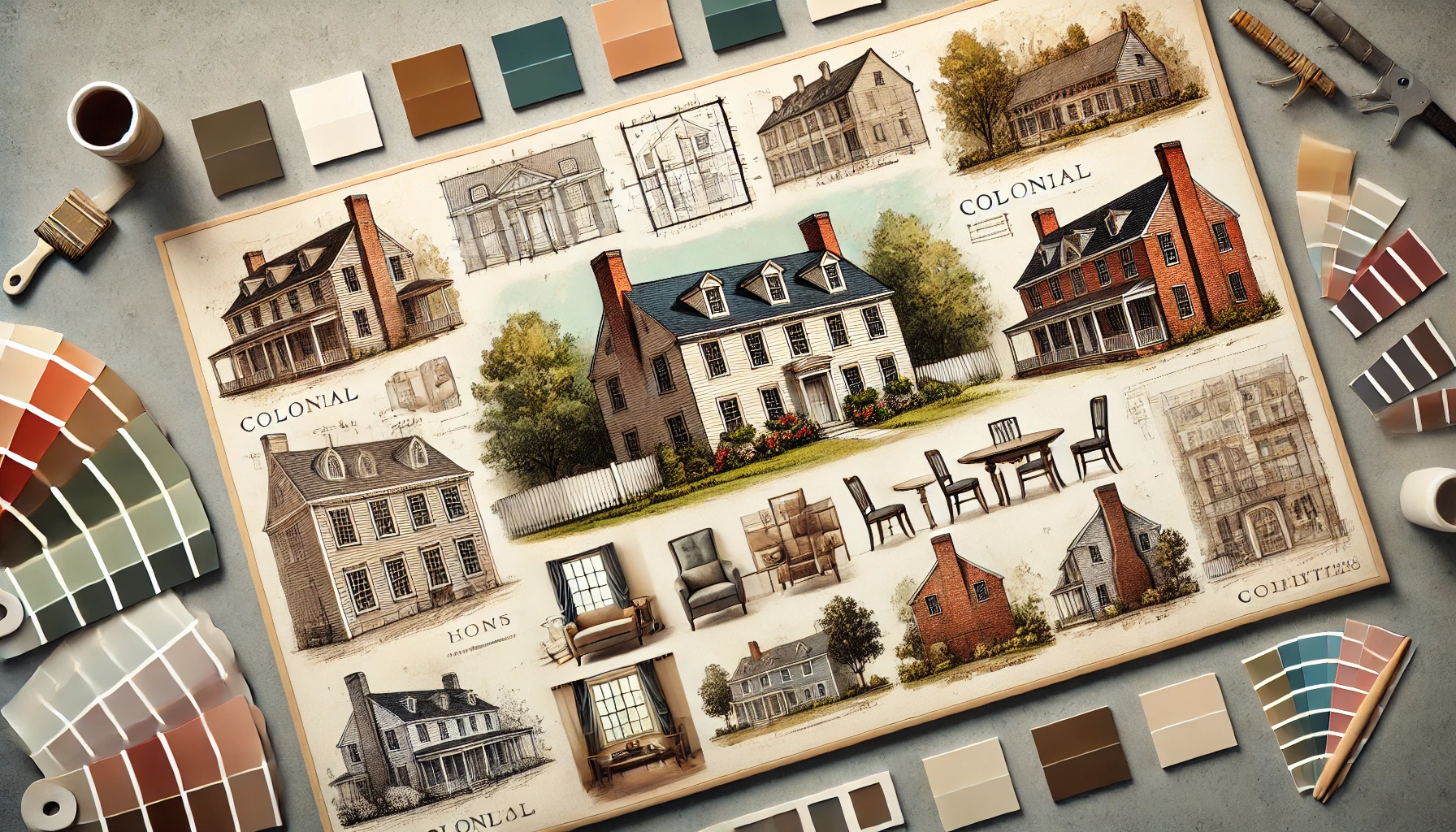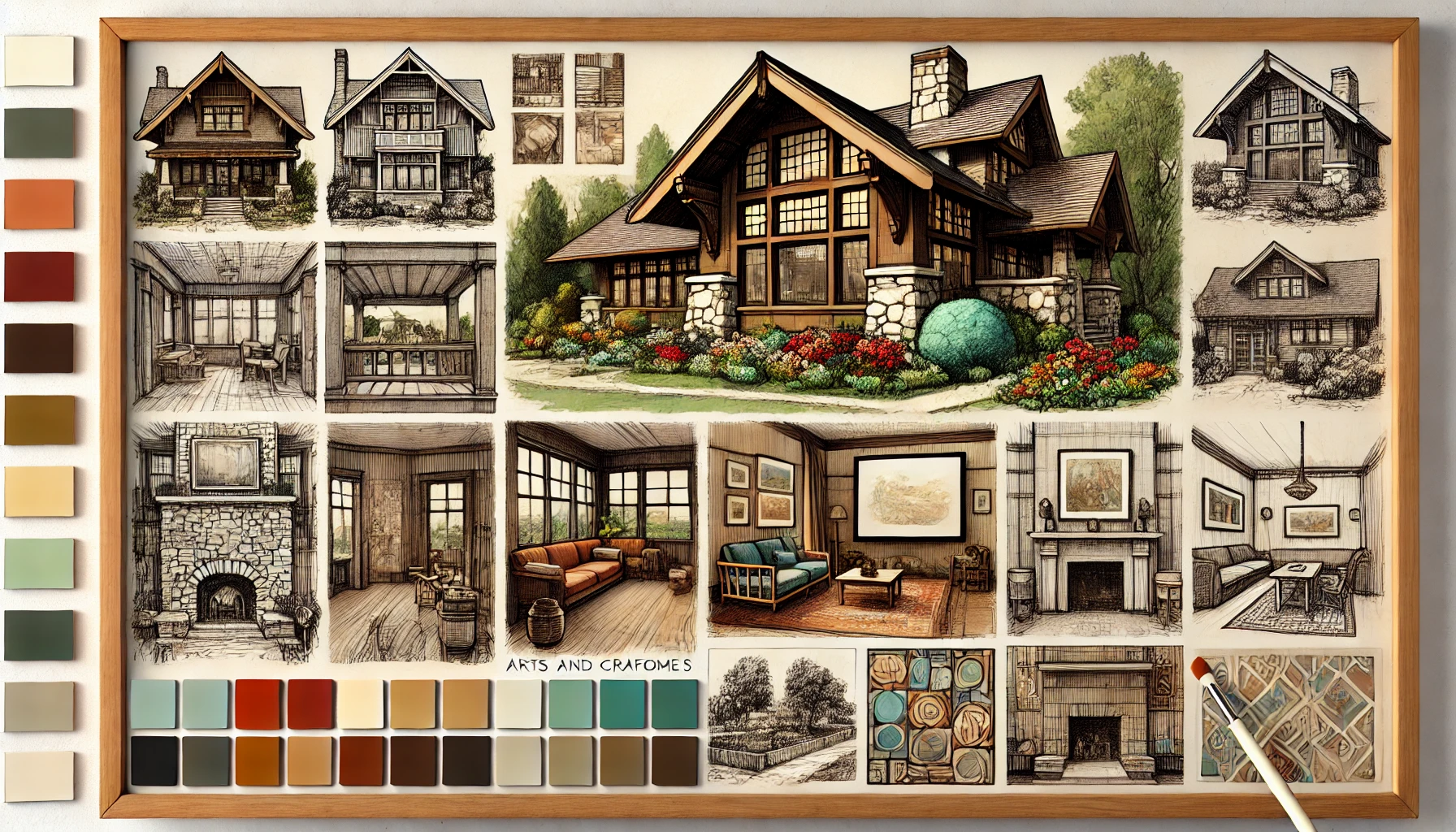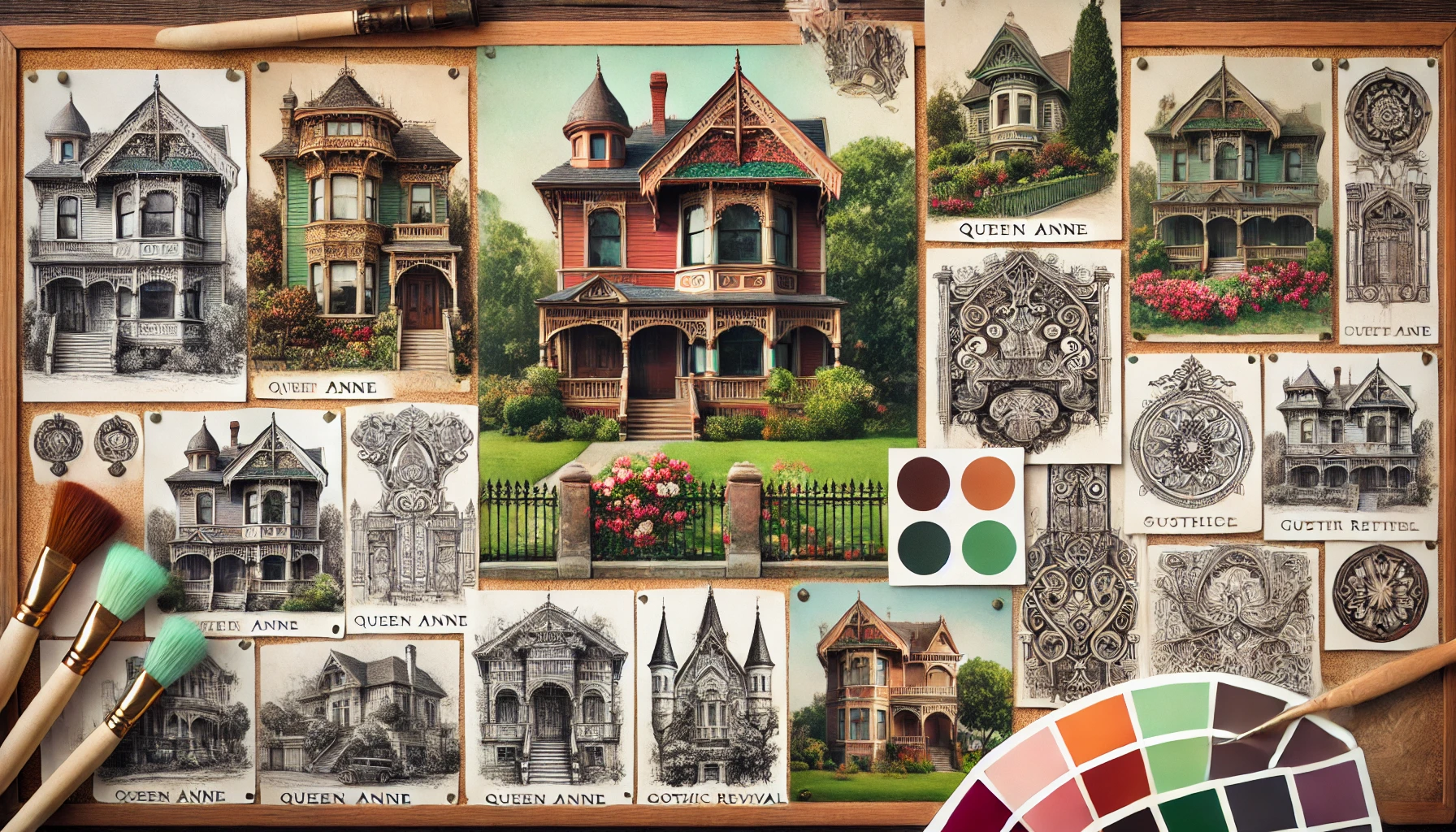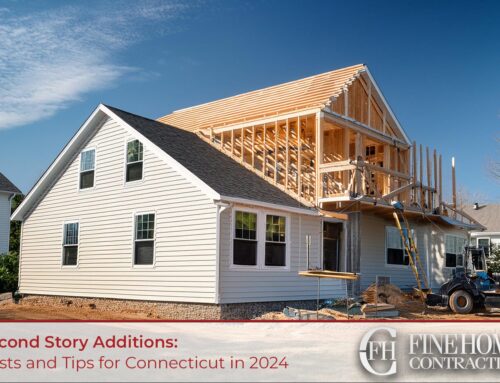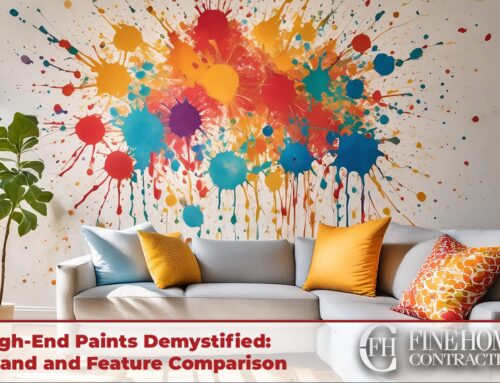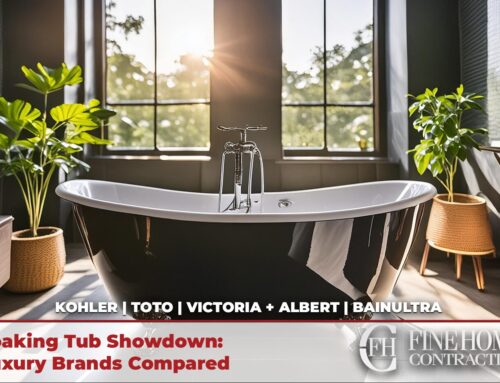Introduction to Historic Home Remodeling in Connecticut
Connecticut is home to a wealth of historic and antique properties. From well-known architectural masterpieces by Frank Lloyd Wright, to stark gothic revival buildings like the Mark Twain house and Yale’s Memorial Library, prospective homeowners in Connecticut have a huge variety of options when it comes to older homes.
Connecticut’s housing market is unique for being one of the oldest, on average, in the nation. That makes it a great hunting ground for historic architecture enthusiasts and prospective homeowners alike. If you’re looking at renovating or remodeling a historic home in Connecticut, adding some personalization and function while maintaining and respecting it’s historic nature, it’s important to know the background on your property, it’s construction style, and any local building restrictions that may come into play during your project.
This guide aims to be a one-stop-shop for answering your questions about restoring a historic home in Connecticut, or remodeling one into your antique dream home. Whether this will be your first remodel of many, or you’re carving out the home you expect to remain in, we’re here to help!

Understanding the Historic Significance
Architectural Styles
Connecticut boasts a variety of architectural styles, each representing a distinct period in history. The most common types of historic homes in Connecticut include:
- Colonial Homes: Dating back to the 17th and 18th centuries, these homes are characterized by their symmetrical facades, central chimneys, and steeply pitched roofs.
- Federal Style: Popular in the late 18th to early 19th centuries, Federal-style homes feature elegant brick exteriors, tall windows, and decorative elements such as fanlights and sidelights around the front doors.
- Victorian Homes: Known for their ornate details, asymmetrical shapes, and decorative trim, Victorian homes were built during the mid to late 19th century. Queen Anne and Gothic Revival are popular substyles within this category.
- Arts and Crafts: Emerging in the early 20th century, these homes emphasize handcrafted details, natural materials, and simple, functional designs.
Historical Importance: Why We Preserve
Historic homes in Connecticut are more than just structures; they are tangible links to the past. They tell stories of the people who built and lived in them, reflecting the social and cultural evolution of the region. Preserving these homes means preserving the heritage and identity of Connecticut.
Landmark Homes
Connecticut is home to numerous landmark homes recognized for their historical and architectural significance. These homes often serve as inspirations for remodeling projects, showcasing the potential of integrating historical charm with modern amenities. Examples include the Mark Twain House in Hartford and the Harriet Beecher Stowe House, which highlight the state’s rich literary history.
Connecticut’s Historic Housing Market
Current Market Trends
The historic housing market in Connecticut is vibrant, with a growing appreciation for the unique charm and character of older homes. Many buyers are drawn to the craftsmanship and architectural details that are hard to find in newer constructions. There is a strong market for both fully restored historic homes and those in need of renovation, offering opportunities for preservation enthusiasts.


Popular Regions
Certain areas in Connecticut are particularly renowned for their historic homes. Towns like Greenwich, New Haven, and Litchfield are known for their well-preserved historic districts. These regions often have strict regulations in place to maintain the architectural integrity of their neighborhoods, making them ideal for those interested in historic home preservation.
Real Estate Insights
As of recent data, historic homes in Connecticut have shown a strong market presence, with properties in historic districts often selling for 20-30% more than similar non-historic homes. Towns like Greenwich and New Haven have seen an increase in demand for these properties, with average sale prices for historic homes in these areas reaching upwards of $800,000. Additionally, well-maintained historic homes in Connecticut tend to appreciate at a faster rate, with annual appreciation rates exceeding 5% in many cases. The state also offers various tax incentives and grants for preservation, further enhancing the attractiveness of investing in historic properties.

Remodeling Your Historic Property: Initial Assessment and Planning
Condition Assessment
A thorough assessment of the home’s current condition is the first step in any remodeling project. This involves evaluating the structural integrity, identifying areas that need repair, and understanding potential challenges. Hiring a professional with experience in historic homes is recommended for this assessment to ensure no detail is overlooked.
During the inspection, every aspect of the home should be evaluated, including the foundation, roofing, plumbing, electrical systems, and structural elements like walls and beams. This process will help you identify any areas of concern that could impact the safety and stability of the home, as well as highlight original features that should be preserved.
Identifying Structural Issues
Historic homes often present structural challenges that must be addressed before any remodeling work can begin. Common issues include settling foundations, rotting wood, and outdated support systems. Addressing these concerns is crucial for the safety of the home and the success of the renovation.
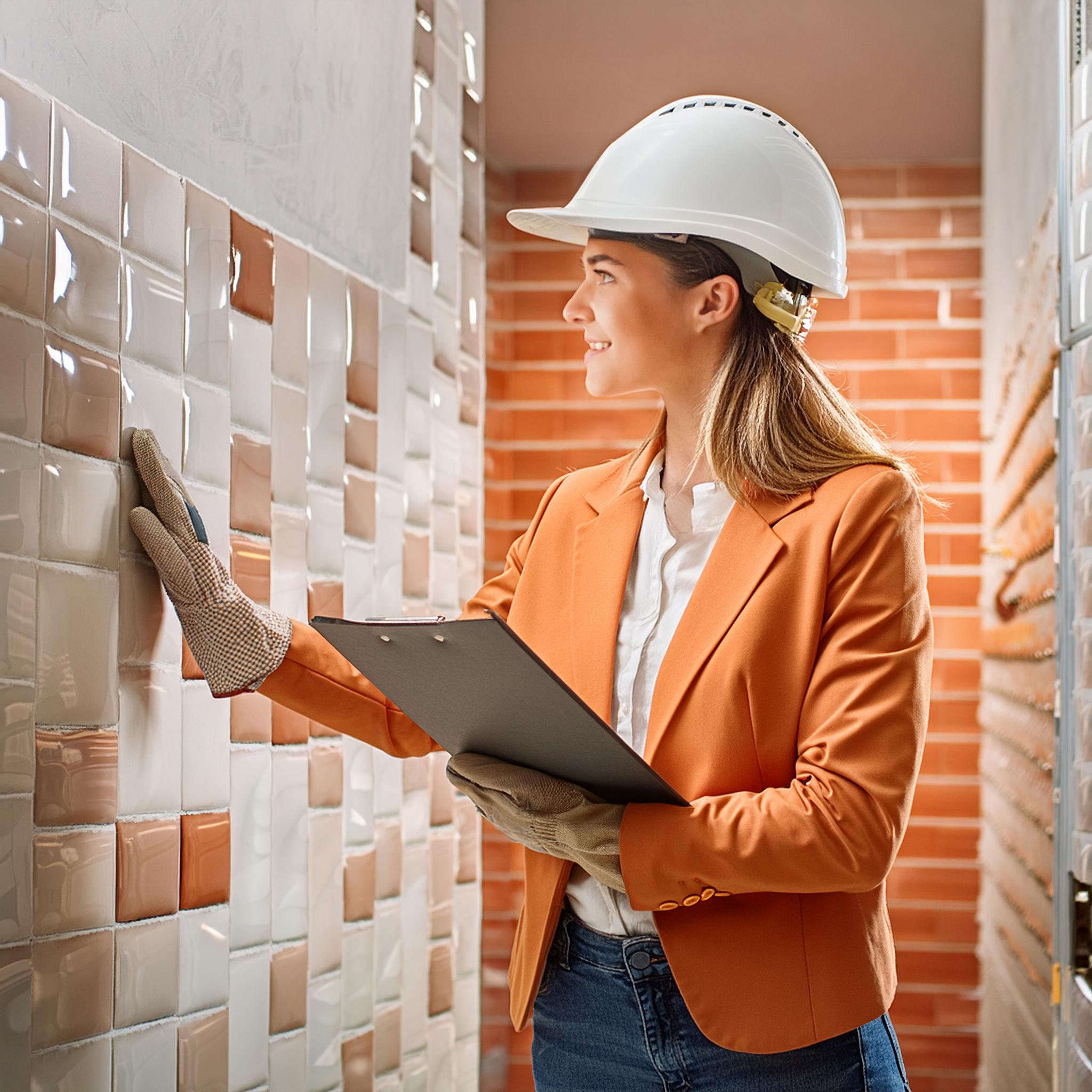
Budgeting
Setting a realistic budget is crucial for a successful remodel. Consider costs for materials, labor, permits, and unexpected expenses. Including a contingency fund for unforeseen issues is also wise, as historic homes often come with surprises that can impact the overall cost.
See our guide on Costs + Timelines for Connecticut Remodels.
Understanding the Cost Premium of Historic Preservation
Historic preservation often comes with a cost premium, as the materials and techniques required to restore and maintain a historic home can be more expensive than those used in modern construction. Additionally, the need to work within the constraints of historic preservation regulations can add to the cost of the project.
For example, sourcing period-appropriate materials such as original wood species, handmade tiles, or antique fixtures can be more expensive than using modern alternatives. Similarly, the labor required to replicate historic construction techniques can be more time-consuming and costly.
Timelines
Establishing a timeline helps manage the project efficiently. Account for the time required for obtaining permits, sourcing materials, and completing various phases of the remodel. Be prepared for potential delays, especially when dealing with historical materials and craftsmanship.
With historic properties, special considerations should be made for any delays related to finding historically accurate fixture or materials, approvals from any local commissions that protect listed properties, and possibly delays due to any niche trade work, such as stained glass.
Balancing Design and Preservation
Incorporating Modern Amenities
Maintaining the historical character of the home while integrating modern amenities is essential. Updated kitchens, bathrooms, and technology can enhance functionality without compromising the home’s integrity. It’s important to choose designs and materials that complement the original features, ensuring a seamless blend of old and new.
Respecting Original Design
Preserving key architectural elements and materials ensures that the remodeled home retains its historical charm. Respecting the original design involves a careful balance between restoration and modernization. Original woodwork, plaster walls, and period-specific hardware should be preserved or accurately replicated.
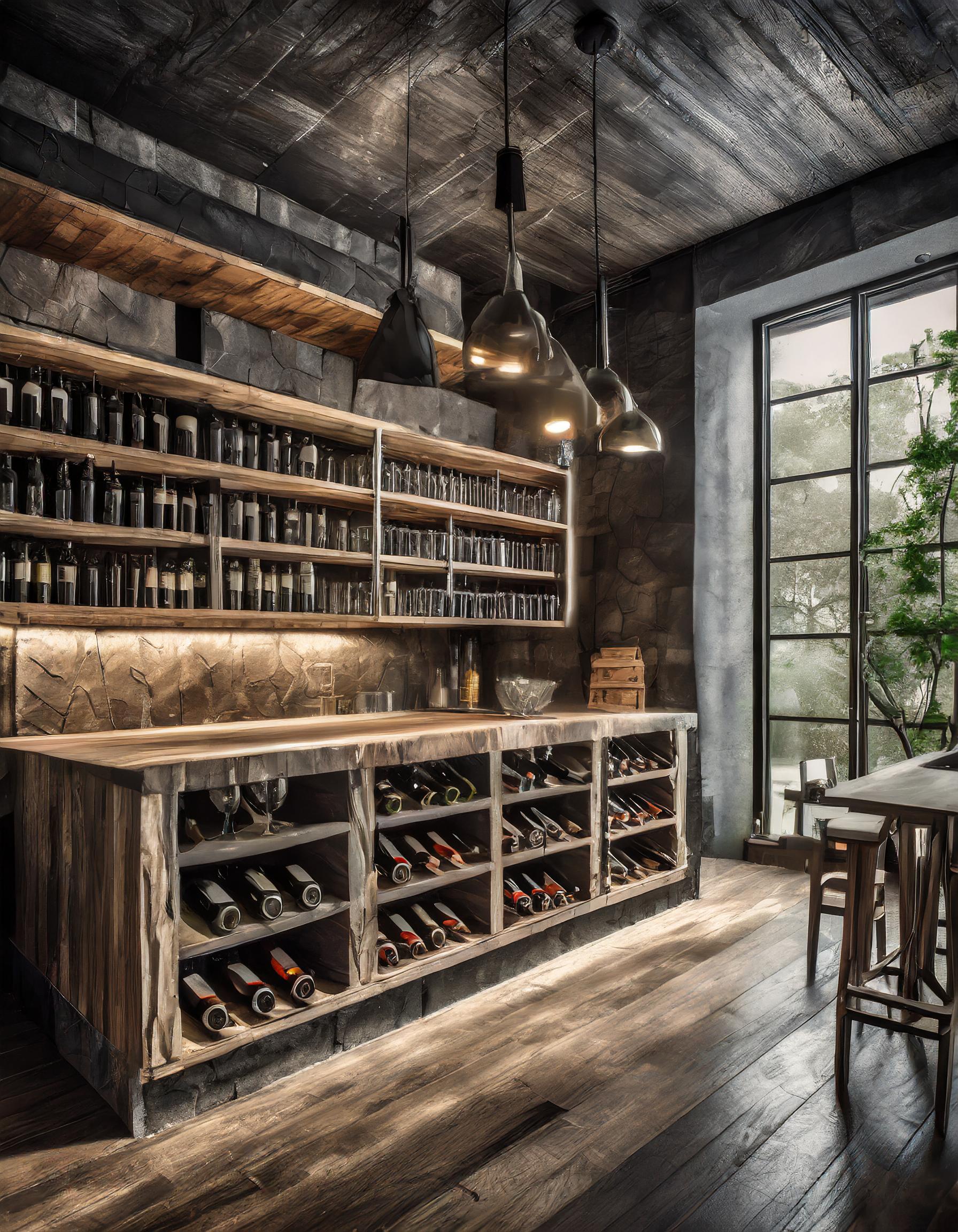
Navigating Local Regulations
Permits and Approvals
Remodeling a historic home often requires obtaining various permits and approvals. Understanding local regulations and working with relevant authorities is crucial. This may include building permits, zoning approvals, and compliance with historical preservation guidelines.
This process will vary depending on your specific town, which is why we always recommend working with a contractor and designer familiar with your local building department.
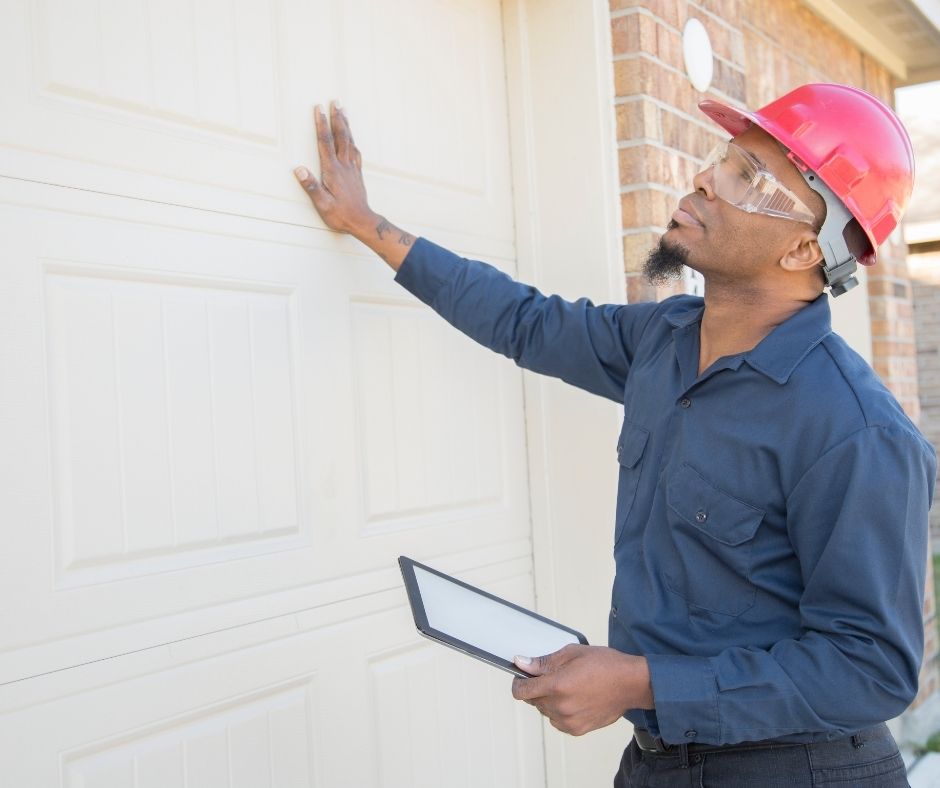

Historic District Commissions
If the home is located in a historic district, remodeling plans must be approved by the local historic district commission. These commissions ensure that changes are in keeping with the historical character of the area, protecting the integrity of the community’s heritage.
Considerations for Older Homes
Structural
Foundation
The foundation of a historic home must be inspected and repaired if necessary. Historical homes may have foundations that require reinforcement to meet modern safety standards. This is a critical step to ensure the longevity and stability of the structure.
Roofing
The roof protects the home from the elements. Ensuring it is in good condition or restoring it with historically accurate materials is crucial. This may involve repairing or replacing shingles, tiles, or other roofing materials to match the original design.
Insulation
Adding insulation improves comfort while maintaining the interior of the home. It’s important to choose insulation that doesn’t compromise the home’s historical aspects. Modern insulation techniques can often be discreetly integrated into the structure.
Interior Features
Flooring
Restoring original flooring or replacing it with period-appropriate materials maintains the home’s historical look and feel. This might involve refinishing hardwood floors, repairing tiles, or installing new materials that match the original style.
Walls
Plaster walls may need repairs or restoration. Using traditional methods and materials ensures that the restoration aligns with the home’s original construction. This can involve patching cracks, replicating original textures, and repainting with historically accurate colors.
Ceilings
Ceiling restoration might involve repairing original features like crown molding or addressing structural issues. Ensuring that decorative elements are preserved or accurately replicated is important for maintaining the historical integrity of the space.
Authentic Materials
Using authentic materials that match the original construction is vital in preserving the home’s historical authenticity. This includes sourcing period-appropriate wood, brick, and other materials. Original materials can often be found through specialty suppliers or reclaimed from other historic properties.
Sourcing Period-Appropriate Elements
Finding period-appropriate elements can be challenging but is essential for maintaining the historical integrity of the home. This includes fixtures, hardware, and decorative details that match the original design and construction era.
Exterior Features
Siding
Preserving or restoring original siding helps maintain the home’s historical appearance. When replacement is necessary, using materials that match the original is important. This might include wood clapboard, brick, or stone siding.
Windows
Windows are a significant architectural feature in historic homes. Restoring original windows or using historically accurate replicas preserves the character of the home. Modern technologies can also be integrated to improve comfort without altering the appearance.
Doors
Restoring or replacing doors with period-appropriate designs enhances the historical integrity of the home. This can involve refinishing original wood doors, repairing hardware, or installing new doors that match the style and era of the home.
Common Historical Home Features in Connecticut to Retain
Stained Glass
Stained glass windows are a hallmark of many historic homes in Connecticut, adding color, light, and artistry to the property. When restoring stained glass, it is important to work with a skilled artisan who can repair any damage while preserving the original design and materials.
In some cases, it may be necessary to remove and restore stained glass windows off-site to ensure their preservation. Once restored, these windows can be reinstalled, bringing new life to the home while retaining its historical character.
Traditional Woodwork
Historic homes often feature intricate trim and woodwork, including crown moldings, baseboards, wainscoting, and built-in cabinetry. These elements are typically made from high-quality wood and showcase the craftsmanship of the era.
Restoring traditional trim and woodwork involves careful sanding, refinishing, and, in some cases, replacing damaged sections with period-appropriate materials. Preserving these details is essential for maintaining the home’s aesthetic and historical value.
Wrap-Around Porches
Wrap-around porches are a common feature of many historic homes in Connecticut, providing a welcoming outdoor space and enhancing the home’s curb appeal. These porches often feature ornate columns, railings, and woodwork that are integral to the home’s character.
When restoring a wrap-around porch, it is important to use materials that match the original as closely as possible, both in terms of appearance and durability. This may involve sourcing antique wood or replicating original designs using modern techniques.
Period-Appropriate Doors and Hardware
The doors and hardware of a historic home are often overlooked but play a crucial role in the home’s overall character. Original doors, hinges, handles, and locks should be preserved or restored whenever possible.
Restoring period-appropriate doors and hardware involves careful cleaning, refinishing, and, if necessary, replacing missing or damaged components with historically accurate reproductions. This attention to detail helps maintain the authenticity of the home’s interior.
Modern Upgrades with Historic Sensitivity
HVAC
Updating the HVAC system improves comfort. Choosing systems that can be discreetly integrated helps maintain the home’s aesthetics. Ductless mini-split systems or underfloor heating are often suitable options for historic homes.
Electrical Systems
Upgrading the electrical system is often necessary for safety and functionality. This should be done carefully to avoid damaging historical features. Installing modern wiring, outlets, and fixtures can be achieved without compromising the home’s character.
Electrical Systems
Modern plumbing systems are essential for functionality. These upgrades can often be integrated without compromising the home’s historical character. This might involve replacing old pipes, installing new fixtures, and ensuring compliance with modern plumbing codes.
Finding a Contractor for Historic Properties
Qualifications
Selecting a contractor with experience in historic home remodeling ensures the project is handled with the necessary expertise and sensitivity. Look for certifications, memberships in professional organizations, and a portfolio of relevant work.
Ensure your contractor is licensed and insured in the State of Connecticut. See our guide on vetting a contractor.
Experience
Reviewing a contractor’s previous projects can provide insight into their ability to handle similar remodeling tasks. Experience with local historical homes is particularly valuable.
References
Speaking with previous clients can offer valuable information about the contractor’s reliability and quality of work. Ask for references and follow up to understand the contractor’s performance and approach to historic renovations.
Remodeling a historic home in Connecticut requires a careful balance of preserving its unique charm and incorporating modern functionality. By understanding the historical significance, planning meticulously, respecting original designs, and navigating local regulations, homeowners can achieve a successful and respectful remodel. Through thoughtful restoration and modernization, these architectural treasures can continue to tell their stories for generations to come.

